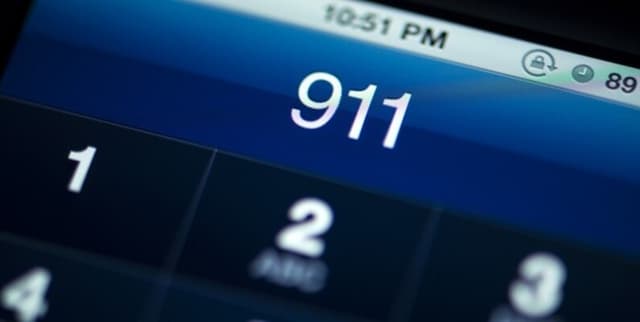Baltimore Emergency Response Data
Public Safety & Security
Tags and Keywords
Trusted By




"No reviews yet"
Free
About
This dataset captures Police Emergency and Non-Emergency calls to 911 within the City of Baltimore, covering the period from 2021 to 2022. It comprises 1 million records, offering insights into various reported incidents. The dataset has an indicated usability score of 10.00 and is not expected to receive further updates. It is a valuable resource for data visualisation and crime analysis, pertaining to aspects of people and society in the United States.
Columns
- recordId: A unique record number for each call.
- callKey: A distinct reference number assigned to every record.
- callDateTime: The date and time the record was logged, in year/month/day hour:minute format. Note that a significant portion of this data is indicated as missing in the provided summary.
- priority: Indicates the importance level of the service requested. A large percentage of values for this column are missing in the summary.
- district: The name of the specific district within the state where the call originated. The data summary indicates a high proportion of missing values.
- description: The name or nature of the illegal activity reported. This column is noted as being entirely missing in the provided data summary.
- callNumber: The encrypted phone number from which the call was made. This column is noted as being entirely missing in the provided data summary.
- incidentLocation: The location where the reported incident took place. This column is noted as being entirely missing in the provided data summary.
- location: The precise location of the person reporting the incident. This column is noted as being entirely missing in the provided data summary.
- Neighborhood: The name of the specific neighbourhood associated with the incident. This column is noted as being entirely missing in the provided data summary.
- PoliceDistrict: The geographical area patrolled by a police force. This column is noted as being entirely missing in the provided data summary.
- PolicePost: Information related to police posts. This column is noted as being entirely missing in the provided data summary.
- CouncilDistrict: A type of local government division. This column is noted as being entirely missing in the provided data summary.
- SheriffDistricts: Divisions created by local government for sheriff's office service. This column is noted as being entirely missing in the provided data summary.
- Community_Statistical_Areas: Clusters of neighbourhoods defined by the City's Planning Department based on recognisable city neighbourhoods. This column is noted as being entirely missing in the provided data summary.
- Census_Tracts: Uniquely numbered areas within each county, identified by a numeric code. This column is noted as being entirely missing in the provided data summary.
- ZIPCode: The postal code of the incident or reporter's location. This column is noted as being entirely missing in the provided data summary.
- NeedsSync: A flag indicating whether data consistency across devices is required (used in ArcGIS). This column is noted as being entirely missing in the provided data summary.
- ESRI_OID: An identifier used within ArcGIS. This column is noted as being entirely missing in the provided data summary.
Distribution
The dataset is typically provided in a CSV file format, named "911_Calls_for_Service.csv", and has a file size of 232.62 MB. It contains 1 million records and is structured with 19 columns. It is important to note that a significant number of columns, including
description, callNumber, incidentLocation, location, Neighborhood, PoliceDistrict, SheriffDistricts, Community_Statistical_Areas, Census_Tracts, ZIPCode, NeedsSync, and ESRI_OID, appear to have 100% missing values based on the provided data summary. Other columns like recordId, callDateTime, priority, and district also show substantial proportions of missing entries.Usage
This dataset is ideal for applications involving crime analysis, urban planning research, public safety initiatives, and geographical information system (GIS) based visualisations. It can be used to identify patterns in emergency calls, understand the distribution of incidents across different districts, or support policy-making related to city safety.
Coverage
The dataset covers the City of Baltimore, Maryland, United States, for the years 2021 to 2022. It includes geographical indicators such as districts, neighbourhoods, police districts, council districts, sheriff districts, community statistical areas, census tracts, and ZIP codes. However, as noted, many of these geographical attribute columns show entirely missing data in the current data summary.
License
CC BY-SA 4.0
Who Can Use It
- Data analysts looking to identify trends and patterns in emergency service requests.
- Researchers focused on urban crime, public safety, and community dynamics.
- City planning departments to assess resource allocation and improve neighbourhood safety.
- Developers creating applications that visualise incident data or integrate with public safety systems.
Dataset Name Suggestions
- Baltimore 911 Calls 2021-2022
- Baltimore Emergency Response Data
- Baltimore City Police Call Logs
- Baltimore Incident Records
Attributes
Original Data Source: Baltimore Emergency Response Data
Loading...
